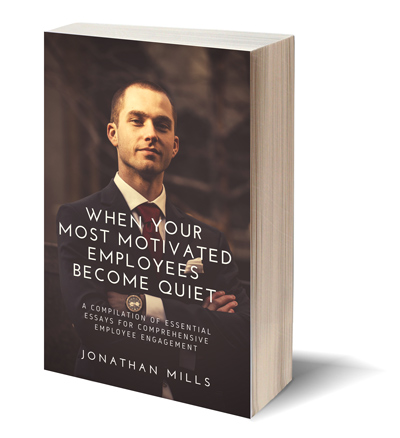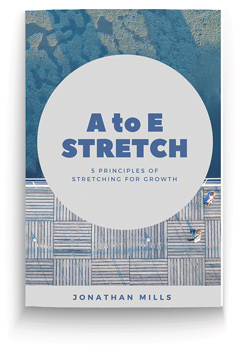Frequently, the word ‘empowerment’ mistakenly conjures up images of authority, control and supremacy. The word seems to have so much emotion and sensitivities attached to its application. In an organisational effectiveness context, however, the word is best understood as dismantling unnecessary bureaucracy, removing barriers and enabling people to give their best through training and the provision of effective resources. It embodies the thought that much more can be accomplished and benefits can be accrued if everyone is encouraged and permitted to take responsibility for their own respective roles and areas of work. In such an environment, ideas are welcomed, proactive behaviour is lauded and solution-finding is rewarded.
Getting to an organisationally effective environment requires the removal of obstacles that stand in the way of success. Inter alia, these include the following barriers:
- Removing the “boss” barrier – there seems to be managers or supervisors at all levels in organisations that shut down the enthusiasm and creativity of subordinates. Employees want to help the organisation on its path to success, want to give their ideas and contribute in meaningful ways, but the leader’s words, actions and subtle behaviourisms communicate “their suggestions are stupid and their ideas for change are not going to work”. Such subordinates either give up or spend excessive amounts of energy trying to manoeuvre around this boss barrier. John P Kotter (The Heart of Change) notes three ways in which “the boss barrier” is typically handled: “We ignore the issue; we send the obstacle to a short training course or (rarely) we try to fire, demote or transfer the person. None of these are great solutions, the first for obvious reasons, the second because it usually has little effect and the third because, if not handled well, fear will escalate and become a disempowering force itself”. The boss does need to be confronted, however, perhaps even reassigned to a new role that is in alignment with necessary change in the organisation. Converting this boss into someone who will actually assist the company in moving forward is essential.
- Removing unnecessary bureaucracy – not all instituted systems and processes in companies are helpful, as many of them may have been put in place for selfish reasons. Systems and processes should make life at work easier, not more difficult to accomplish goals. Set staff free by removing unnecessary reports, meetings, procedures, etc. Develop an environment of trust. Help employees to become accountable for actions, quality, productivity, etc. Align all systems and processes to the company vision and values.
- Removing communication barriers – information is a source of power and a lack of information disempowers. Open up the positional levels in the organisation to free up the dissemination of information. This is best accomplished when members of the senior leadership team set the example and “walk the floor”, chatting to employees as they move around. Frequent referral to the mission, vision, values (expected behaviour), goals and strategy of the company is necessary to embed a desirable empowered culture.
- Removing the mind barriers – attitude, information, self-belief, knowledge and self-esteem contribute to setting perception or one’s paradigm of life and an understanding of what is possible. Nothing disempowers the mind like negative inputs from managers that suggest that staff can’t make the leap to the required change or self-inputs that put one down (self-talk like: “I will never in a thousand years be able to do that”). Leadership that embodies positive communication, however, brings a sense of possibility and opportunity to the shop floor and gives people hope. Kotter puts it well: “Never underestimate the power of clever people to help others see the possibilities, to help them generate a feeling of faith and to change behaviour”.
- Removing and replacing inefficient and ineffective resources – resources that don’t work or that are unreliable frustrate and inhibit progress. Work becomes unpleasant, tasks become arduous and targets don’t get met. Employees need to be given the best tools and facilities to do the job well. An ergonomically sound and professionally equipped environment makes employees proud to work for the company.
Organisational effectiveness requires empowerment – not only some degree of self-determination regarding how one fulfils one’s role and exercises one’s responsibilities, but also managers enabling staff through the removal of barriers that stand in the way of effectiveness, creativity and innovation.










